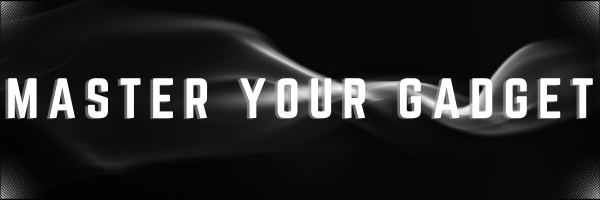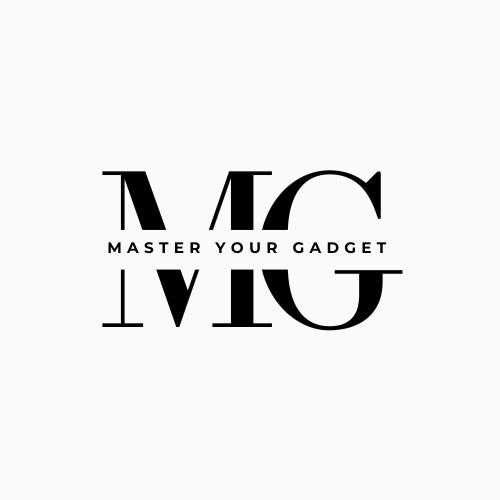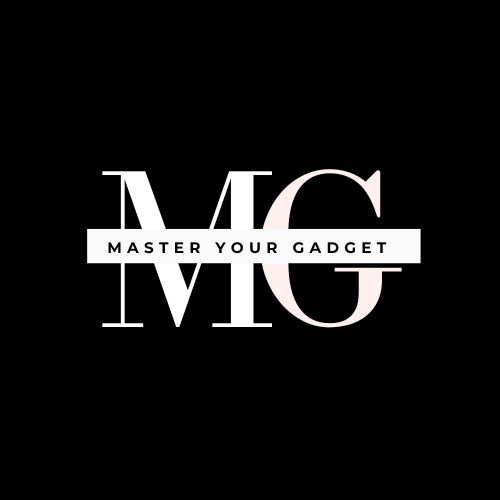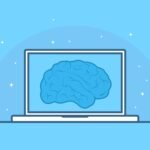Is IoT a reality? Of course Internet of Things has become a reality and is an integral part of our daily lives. IoT refers to a network of physical devices embedded with sensors, software, and other technologies that connect and exchange data with other devices and systems over the internet. This connectivity allows for automation, remote control, and data-driven decision-making across various sectors.
Which Companies are Working on making IoT a reality ?
Several companies are at the forefront of IoT development, including:
- Microsoft – With its Azure IoT platform, Microsoft provides a comprehensive suite of IoT services.
- Amazon Web Services (AWS) – AWS IoT offers a range of services to connect and manage IoT devices.
- Cisco – Known for its networking hardware, Cisco also offers IoT solutions for various industries.
- Siemens – Siemens provides IoT solutions for industrial automation and smart infrastructure.
- Huawei – Huawei offers IoT solutions for smart cities, transportation, and more.
What is the Future of Internet of Things (IoT)?
The future of IoT looks promising with continuous advancements in technology. By 2025, it is expected that there will be nearly 50 billion IoT devices connected globally. This growth will be driven by advancements in AI, machine learning, and 5G technology, enabling smarter and more efficient IoT applications.
How IoT has impacted in Our Lives?
Imagine you control the temperature of your air conditioner before you arrive at your home or control your refrigerator while you are out of your home. Yes, you can do that if you have bought the latest model of the devices.
IoT has already entered our lives in various ways. Here are some other examples:
- Smart Homes – Devices like smart thermostats, lights, and security systems can be controlled remotely via smartphones.
- Wearable Health Monitors – Devices like fitness trackers and smartwatches monitor health metrics and provide real-time data.
- Smart Cars – Vehicles equipped with IoT technology can communicate with each other and with traffic systems to improve safety and efficiency.
- Industrial Automation – IoT is used in manufacturing to monitor equipment and optimize production processes.
Prospects of making IoT a reality by 2025 and 2030
By 2025, IoT is expected to significantly impact various sectors, including healthcare, agriculture, and transportation. The number of connected IoT devices is projected to reach 40 billion by 2030. This growth will be fueled by the increasing adoption of smart technologies and the need for efficient data management.
What are some IoT-Enabled Gadgets ?

Some examples of IoT-enabled gadgets include:
- Smart Thermostats – Devices like the Nest Thermostat can learn user preferences and adjust temperatures automatically.
- Smart Speakers – Devices like Amazon Echo and Google Home can control other smart devices and provide information through voice commands.
- Smart Refrigerators – These appliances can monitor food inventory and suggest recipes based on available ingredients.
What are some IoT-Enabled Apps ?
Examples of IoT-enabled apps include:
- Smart Home Apps – Apps like Google Home and Apple HomeKit allow users to control smart home devices remotely.
- Health Monitoring Apps – Apps like Fitbit ,Apple Health, smart watches track fitness metrics and provide health insights.
- Vehicle Management Apps – Apps like Tesla’s mobile app allow users to monitor and control their vehicles remotely.
What is the Technology Behind IoT?
IoT technology involves several components:
- Sensors – Collect data from the environment.
- Connectivity – Transmit data to other devices or cloud platforms.
- Data Processing – Analyze the collected data to derive insights.
- User Interface – Allow users to interact with the system and control devices.
Here’s a simple diagram to explain the IoT architecture:

Comparison of IoT Devices
- Smart Thermostat vs. Smart Light vs. Smart Lock
- Smart Thermostat: Adjusts home temperature based on user preferences.
- Smart Light: Allows remote control of lighting and can be programmed for different settings.
- Smart Lock: Provides keyless entry and can be controlled remotely for enhanced security.
- Fitness Tracker vs. Smartwatch vs. Medical Wearable
- Fitness Tracker: Monitors physical activity and health metrics.
- Smartwatch: Offers fitness tracking along with additional features like notifications and apps.
- Medical Wearable: Provides continuous health monitoring and can alert users to potential health issues.
Comparison of IoT Apps
- Google Home vs. Apple HomeKit vs. Amazon Alexa
- Google Home: Integrates with Google services and supports a wide range of smart devices.
- Apple HomeKit: Offers seamless integration with Apple devices and strong privacy features.
- Amazon Alexa: Provides extensive compatibility with third-party devices and a robust voice assistant.
The Internet of Things is transforming the way we live and work by enabling smarter, more efficient systems. As technology continues to advance, the impact of IoT will only grow, offering new opportunities and challenges for businesses and consumers alike.









